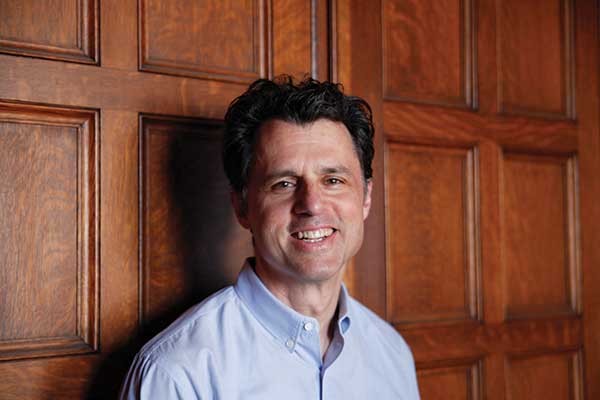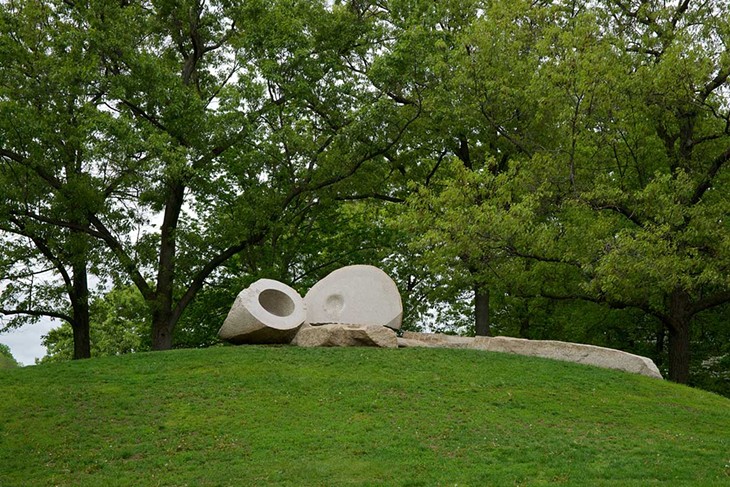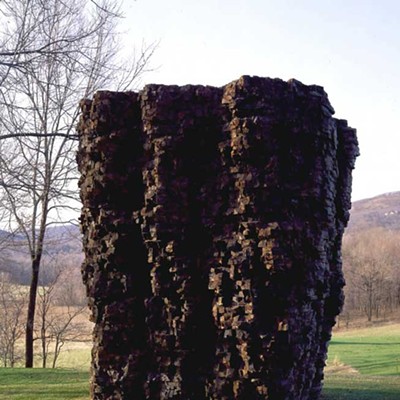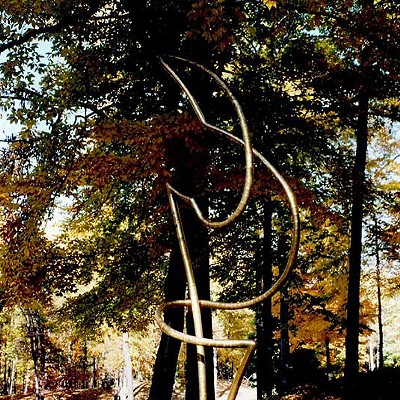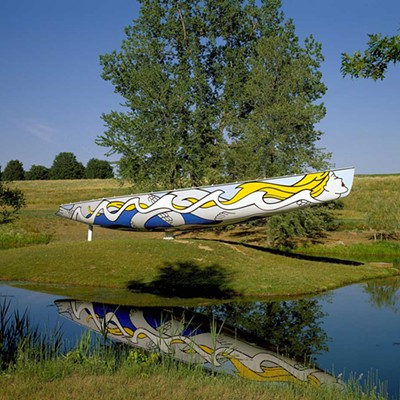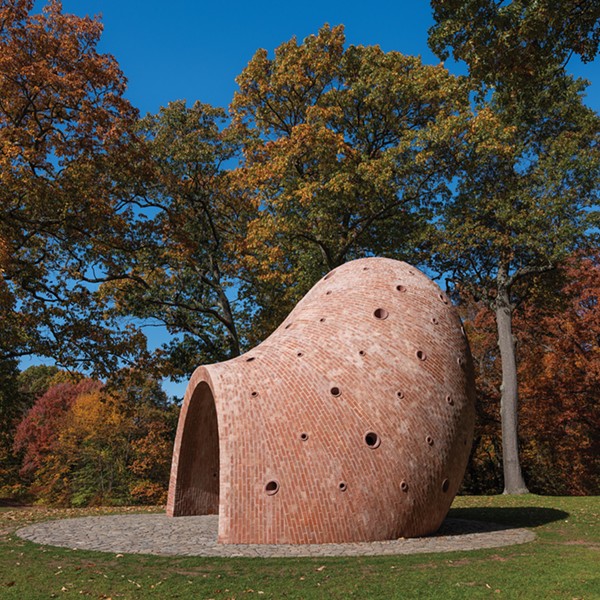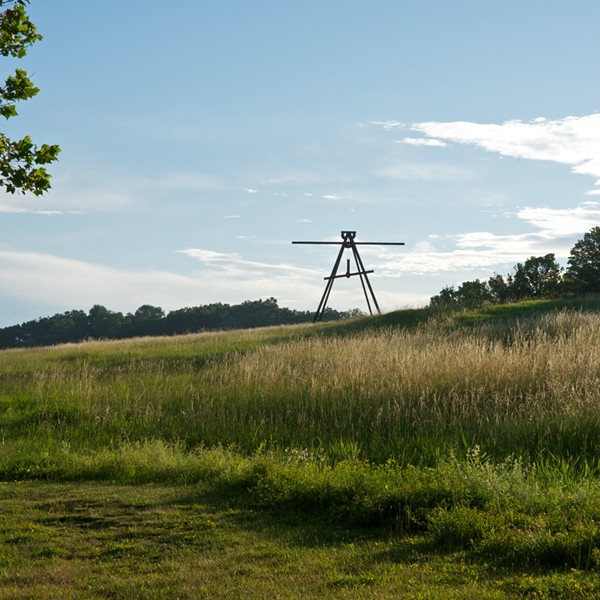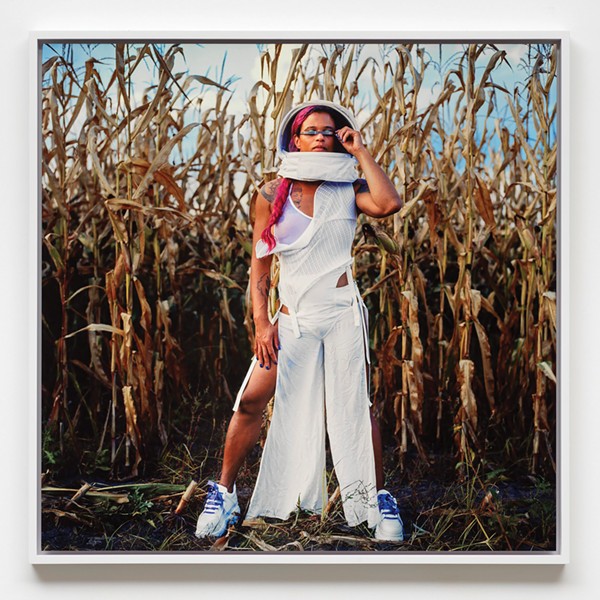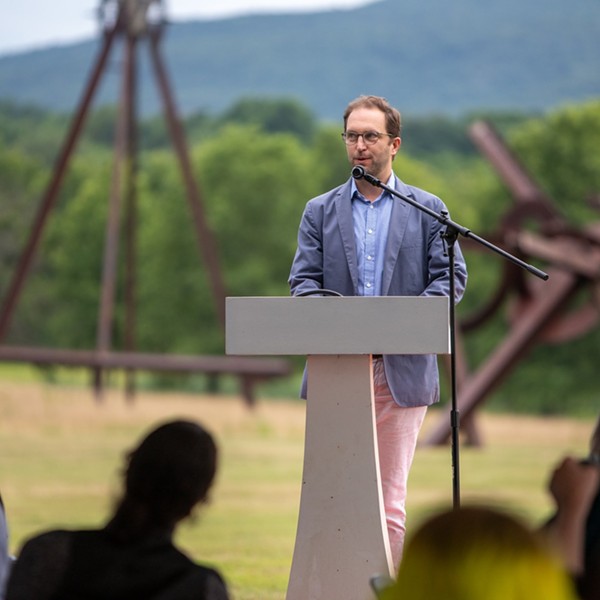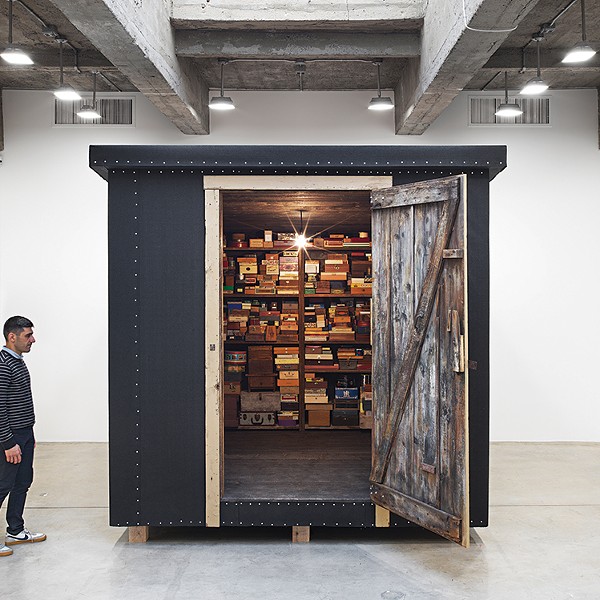No matter if it is your first or 15th visit to the Storm King Art Center in Mountainville, the view of the soaring sculptures set in the dramatic, inspired landscape as you enter the park will take your breath away. Its 500 acres of carefully maintained open fields, rolling hills, woodlands, and ponds, set against the backdrop of Storm King and Schunemunk Mountain, provides the setting for a collection of more than 100 sculptures by some of the most acclaimed artists of our time.
In 1960, when John P. Stern, Storm King's current president, was born, the center was just one of the "big projects" that his grandfather, Ralph E. (Ted) Ogden, was working on with his business partner and John's father, H. Peter Stern. As a child, John remembers witnessing the "great pleasure" his grandfather took as his vision for Storm King developed. "It was as though he had found his mission in life, one that allowed him to pursue his passion for the preservation of open spaces for public enjoyment." Since taking on the presidency five years ago, John has been working, with his staff, the board of trustees, and the artists to continue the legacy of his grandfather and father.
This spring, Storm King will showcase the premier US monographic exhibition of the works of the LA-based sculptor Thomas Houseago. In addition, a site-specific, temporary, project by the emerging American sculptor and installation artist David Brooks will also be on display.
Can you tell me a bit about your grandfather and the history of Storm King?
My grandfather was passionate about this area and working with the landscape. He was an engineer and a farmer and loved carrying out building and infrastructure projects. He was a novice in the art world but wanted to build a museum related to the area that existed for the enjoyment of the local community. The art center was originally focused on the idea of showcasing the Hudson River School painters, but the inspiration for Storm King really began with my grandfather's acquisition of 13 David Smith sculptures in 1967.
What role did your father play?
In the early '70s, my father, Storm King's co-founder, founding chairman, and president, began to acquire the monumental pieces that are displayed prominently at Storm King today. It was my father who invited Mark di Suvero to loan a group of five monumental sculptures to the art center and to exhibit them for the first time in the farm fields below the Museum Hill. Many other monumental sculptures soon followed. David R. Collens, the art center's longtime director and curator, takes great care to site sculptures in relationship to the landscape. My father had strong feelings about giving space, of putting sculptures in relationship to everything else. Not overdoing things has always been very important to my father and to David, and this is something we still pay a great deal of attention to today.
What is your vision for Storm King?
My initial goals were to enhance visitor services and amenities; to improve the visitor's experience and to give them a reason to visit again and again. One of the first things we did was to open the Storm King Café. It is owned by Shelly Boras of Fresh Company, a business committed to supporting local, sustainable foods from farms and producers here in the Hudson Valley. We also added bikes for people to rent and have extended our hours. We are working diligently to become even more green and sustainable. We now have electric carts for use on the grounds, and this season we will be adding a new electric-and-solar-powered tram. Longer-term goals include increasing our visibility and capacity to meet the needs of a growing number of visitors and to bring more resources to the table to enhance our programs. For example, we want to make the collection more accessible to scholars and to increase our capacity for conservation. We also want to continue to support and develop the careers of talented, emerging artists.
What are some of the public and educational programs you offer?
We offer some great programming, including family programs every Sunday, morning birding outings, moonlit and winter walks, poetry readings, music, yoga, and conversations with artists and scholars. Last year, as part of the "Light and Landscape" exhibit, Peter Coffin's beekeeper tours accompanying his installation Untitled, Bees Making Honey, led by local beekeeper Colin Coyne, were really successful, and will continue again this year. We also do a lot of educational outreach and hope to make school visits an even richer experience by starting in the classroom with discussions about art, preparing students for the experience of seeing the sculptures.
It has been said that "while Storm King contains great sculpture, perhaps the greatest sculpture of all is the brilliantly crafted landscape." Do you agree, and do you have a favorite sculpture?
I am often asked what my favorite sculpture is here and I cannot honestly pick one, because it is the entire landscape and the experience of seeing the sculptures in it that I love. That said, it took more than 45 years to develop this landscape. When my grandfather acquired the original property, the hill on which the house sat dropped precipitously because in the late '50s two million cubic yards of gravel had been taken out for the construction of the New York State Thruway. The landscape architect Bill Rutherford Sr. developed a subtle and brilliant plan, so that the landscape fit in with the natural area, by creating hills and valleys, planting shrubs and trees, by carving vistas, and otherwise working the land to make it an ideal setting for sculpture.
What type of landscape work goes on today?
We are focused on the expansion of native grasses, which serve as a backdrop for the sculptures. Landscape architect Darrel Morrison has played a key role in developing the tall-grass program for over 17 years, and the native meadow grasses are an important part of the Storm King experience. We burn the fields each spring (to prevent the growth of unwanted plants), after cutting the grass low in wide swaths around the sculptures and nearby trees. Native wildflowers are also being carefully introduced to the Storm King meadows to help increase diversity of both plant and animal life, but so as not to distract from the sculptures.
This May, Storm King is presenting the US premier monographic museum exhibition of work by Thomas Houseago. Can you tell us a bit about his work?
Thomas Houseago has a remarkable capacity to create. This exhibition will include over 20 works of his hallmark representational sculpture, energetic figures inspired by the human form that, not unlike the Earth itself, exude a sense of physical strength and emotional vulnerability. The pieces consist of sculptural relief, works on paper, indoor and outdoor freestanding sculpture in several media, from bronze and aluminum to felt, plaster, and charcoal. His artistic influences are wide and far ranging, and visitors should be prepared to expect the unexpected. When Thomas came to Storm King the first time he was struck and excited by the possibilities. He related to the artists who came before him. This exhibition will posit him as an heir to the modern and postmodern traditions of outdoor sculpture for which Storm King is known.
And the David Brooks installation?
David's work considers the relationship between the individual and the built and natural environment. His installation, A Proverbial Machine in the Garden, is being constructed as we speak. An old tractor, a Dynahoe, will be buried and merged with the landscape, asking viewers to contemplate the conflicting views of the natural world around us (the garden) and our use of it (the machine). It seems an appropriate piece for the site where farms once stood.
In closing...
I firmly believe that access to open space is integral to our physical and mental health. Going forward the challenges lie in building capacity and dynamic programming while maintaining the Storm King experience. This requires broad-based planning and key collaborations. What people see at Storm King today reflects the individual visions of several people; the founders and an amazing group of people who work hard and contribute to the success of the Storm King Art Center every day and have fun doing it.







